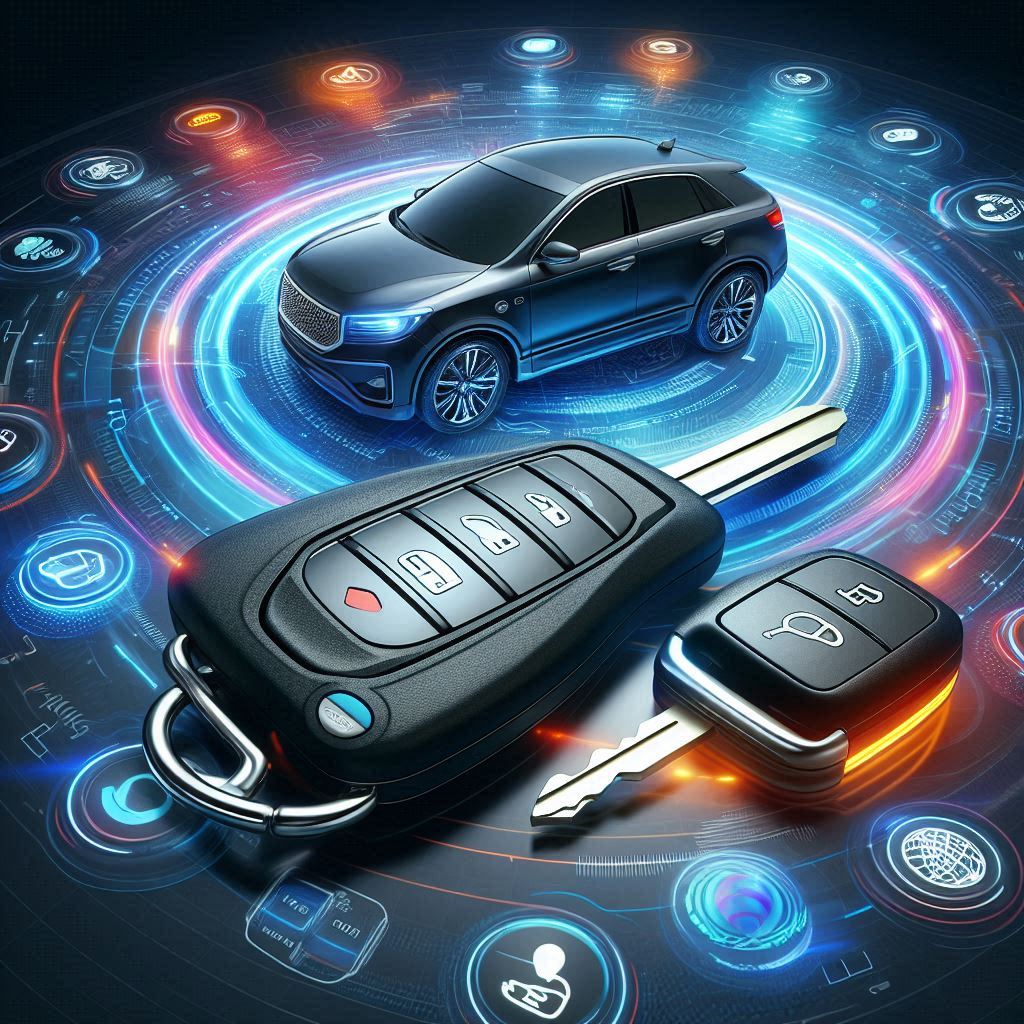I posted a blog on this topic a year ago. Now the Bluetooth Sig has (just) ratified the standard it is timely to provide a reminder on what this new capability can offer. Channel Sounding introduced in Bluetooth Core specification version 6.0 is a method to significantly increase the accuracy of Bluetooth-based distance measurements, from an accuracy of around 3-5 meters down to around 30-50 centimeters. Channel sounding opens new, more efficient and more secure options to support keyless entry, Find My Device, and other applications.

Why do we need a new standard for ranging?
Bluetooth is everywhere and already provides ranging support through RSSI (received signal strength indication). Does that suggest there is no need for a new standard and new devices? Can’t we just use what we already have? RSSI is as simple as it gets, measuring the attenuation in signal strength from the transmitter. However attenuation depends on more than distance; obstacles and diffraction also contribute. Multiple beacons can help improve accuracy in say retail or hospital settings, but such solutions are obviously not helpful for personal applications like keyless car entry.
Angle of arrival (AoA) and angle of departure (AoD) measurements, introduced in Bluetooth 5.1, can help improve accuracy through trigonometric refinements, though they require multiple antennas on receiver or transmitters. And these methods are equally compromised by multipath propagation resulting from reflection from surfaces around the path between receiver and transmitter.
Bluetooth 6.0 Channel Sounding instead uses phase-based ranging. A device sends a sine wave to a peer device which then sends the same signal back to the original device. The phase difference between the initial signal and the received signal gives a quite precise measure of distance. Better yet, a reflection off an obstacle will travel a longer path than the direct return, exhibiting a bigger phase shift and making it easy to ignore in distance estimation.
On the other hand, UWB (ultra-wide band) is very accurate, able to deliver positions with accuracy down to a centimeter or below. The tradeoff is that UWB requires an additional and specific MAC, modem and radio (either integrated or in separate chipset), adding to a device bill of materials (given that the device will also need to support Bluetooth for other reasons). And UWB is more energy hungry than Bluetooth, draining a battery faster unless used only when absolutely needed.
Is there a best solution?
One idea might be to combine RSSI methods for approximate ranging with UWB for accuracy close-in. There are two problems here. First, earlier generation Bluetooth versions are vulnerable to relay attacks. In a raw ranging attempt an attacker can intercept the BT communication and relay it to another device, allowing them to open your car door if UWB is not used for added security.
The second problem is with power consumption under some conditions. Suppose your car is parked near your front door and your car keys are on a table just inside the door, within range of the car. It’s not hard to imagine your key fob constantly trying to communicate with the car, triggering UWB ranging sessions and quickly draining the key fob battery.
There is significant support for the view that practical applications must depend on a combination of methods. The FiRa consortium advancing UWB supports this direction as does the Car Connectivity Consortium (CCC). One suggestion is to use RSSI for initial rough estimates within perhaps 30 meters. This then switches to channel sounding as you get closer. Here it can exchange credentials to first establish a secure connection and can further refine the RSSI estimates at the driver approaches the car. At some point within closer range UWB can further refine the estimate.
Switching between these methods should of course be transparent to a user and should be tuned to avoid the problem of unnecessarily turning on UWB when not required. Optimizing these choices is an area where product builders can differentiate if they work with a supplier offering all three options.
Talk to an expert to optimize your product options
Now for a no apologies company plug. If you really want the best solution in your product, you should probably talk to a company that has been at the forefront of embedded Bluetooth since the very early releases. Ceva is well established here, offering backward compatible Bluetooth Classic, Bluetooth LE, and dual mode over many generations with countless chips in production. They are just as active in the newer UWB standard, with supporting IP proven across several customers.
On every generation Ceva tracks emerging standards, ready to release once the standard has been ratified, and ready to announce certification once the test spec has been announced. They already have compliant Bluetooth 6.0 IP for early testing and expect to be certified shortly after the test spec is released.
With this depth of expertise, they encourage you first to simply talk with them about your goals. They can advise how you can best meet your objectives. Once you feel comfortable, they have all the IP, software stacks and profiles to help you deliver the very best of what you have to offer.
Also check out Ceva’s Bluetooth solutions and UWB solutions web pages.
Share this post via:






Comments
2 Replies to “Bluetooth 6.0 Channel Sounding is Here”
You must register or log in to view/post comments.